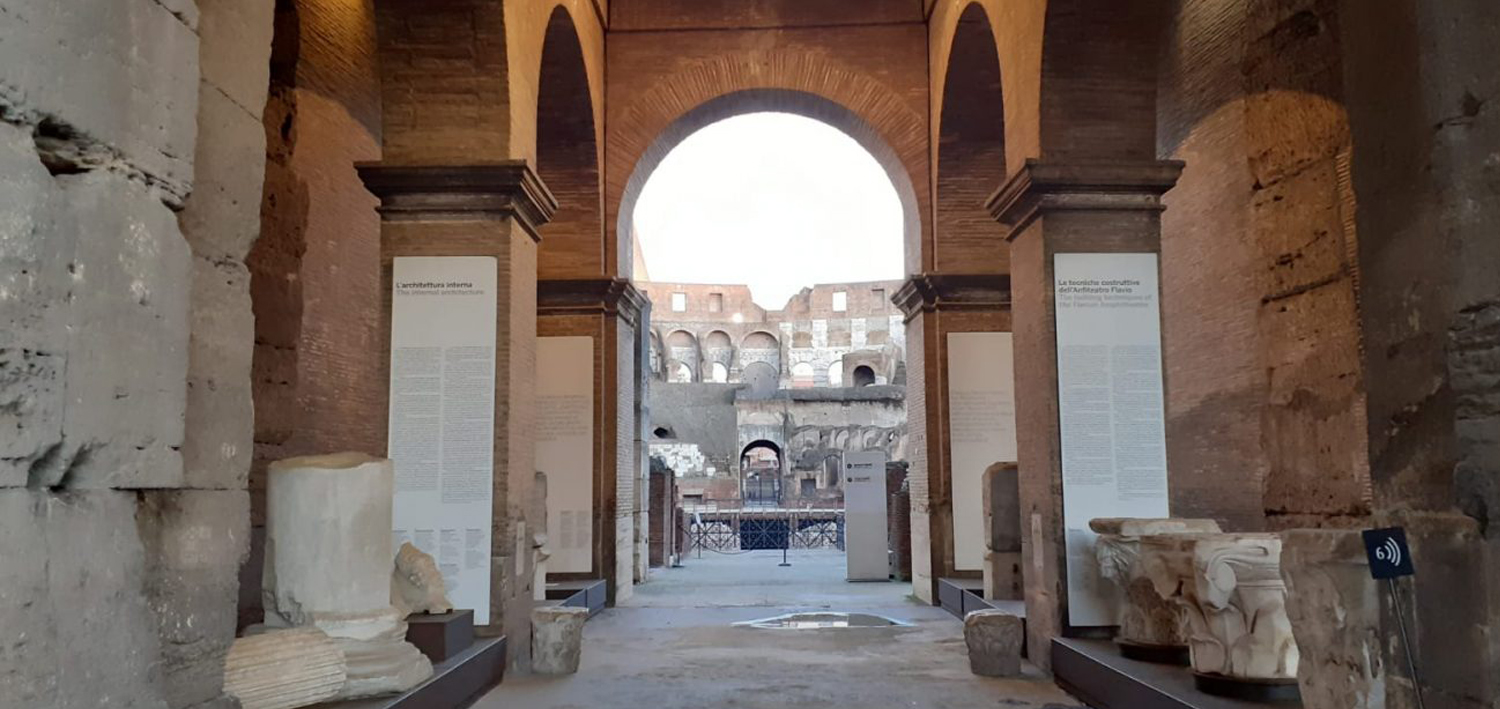
As had already happened in the city’s past, Rome was clobbered by a series of violent earthquakes in the 5th and probably 6th centuries AD that damaged or destroyed many monuments, including the Colosseum. The stands, the arena floor, the service tunnels and even the podium were all seriously damaged and hefty sums of money were required to restore them.
We know all this thanks to the same benefactors behind the amphitheater’s restoration, i.e. the city prefects, high-ranking magistrates entrusted with the administration and protection of the city.
We have already touched upon the best-known of these officials, Rufus Caecina Felix Lampadius. Subject of our first lesson, Lampadius was sole benefactor of the restorations conducted after 443 AD during the reign of Theodosius II and Valentinian III. The commemorative inscription dedicated to this 5th century restoration project was carved into the same slab first fashioned to bear the games’ original inaugural inscription, made by Titus in 80 AD.
Just as important, however, was the praefectus urbi Decius Marius Venantius Basilius, who carved three separate inscriptions to commemorate restorations made to the arena and podium, made necessary by yet another earthquake (in either 484 or 508 AD) which he defined abominandus! The stone bases bearing these inscriptions can be found inside the Colosseum’s western archway, the so-called Porta Triumphalis.
Once again, Professor Silvia Orlandi, professor of Latin epigraphy at Sapienza University of Rome, and Federica Rinaldi, monument supervisor, will be our guides through the final days of the Colosseum’s games up to its definitive closure as an arena for public entertainment.
Tune in on Monday 15 February, at 21:00, across our social media channels.


